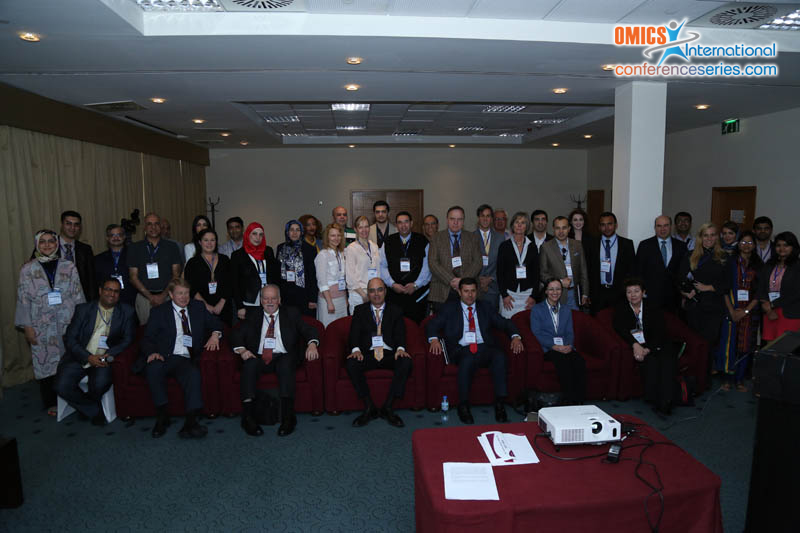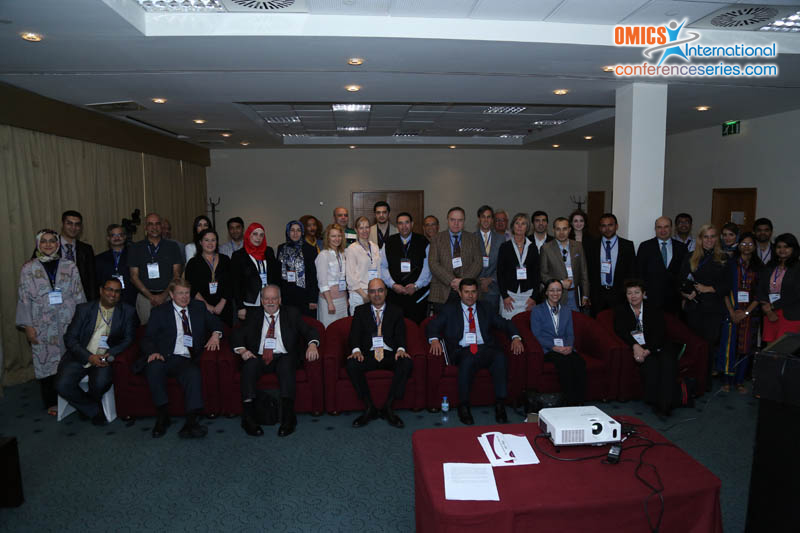Feras Aalam
Al-Noor Specialist Hospital, MOH, Saudi Arabia
Title: Timing of implant placement after extraction: Immediate, Early or Delayed
Biography
Biography: Feras Aalam
Abstract
Restorative therapy performed on implant(s) placed in a fully healed and non-compromised alveolar ridge, has high clinical success and survival rates. Currently, however, implants are also being placed in sites with ridge defects of various dimensions, fresh extraction sockets, the area of the maxillary sinus, etc. Although some of these clinical procedures were first described many years ago, their application has only recently become common. Accordingly one issue of primary interest in current clinical and animal research in implant dentistry includes the study of tissue alterations that occur following tooth loss and the proper timing thereafter for implant placement. In the optimal case, the clinician will have time to plan for the restorative therapy (including the use of implants) prior to the extraction of one or several teeth. In this planning, a decision must be made whether the implant(s) should be placed immediately after the tooth extraction(s) or if a certain number of weeks (or months) of healing of the soft and hard tissues of the alveolar ridge should be allowed prior to implant installation. The decision regarding the timing for implant placement, in relation to tooth extraction, must be based on a proper understanding of the structural changes that occur in the alveolar process following the loss of the tooth (teeth).


